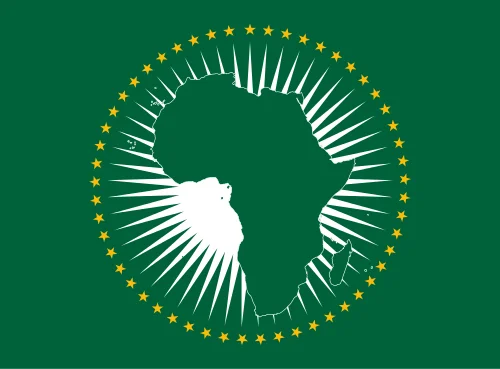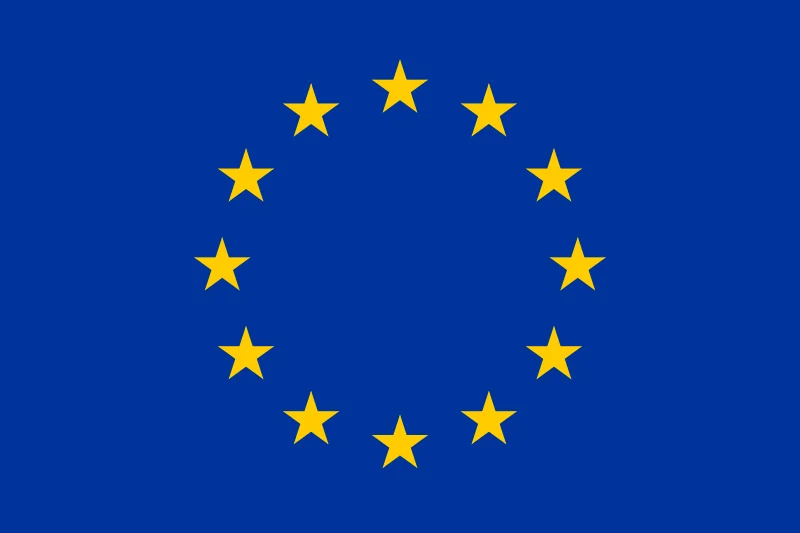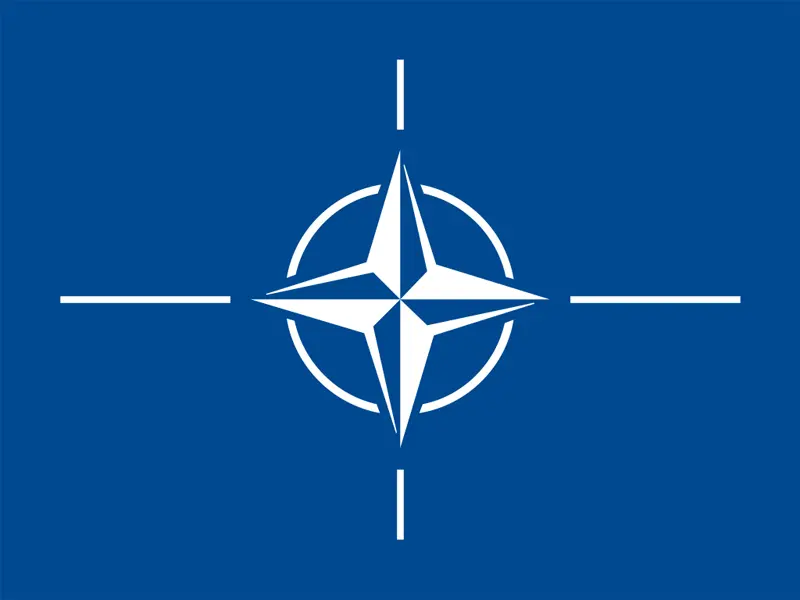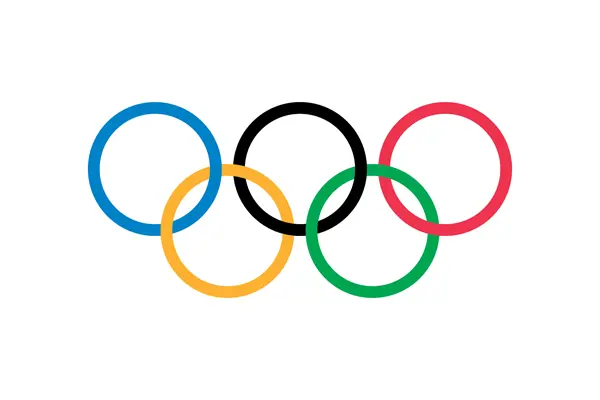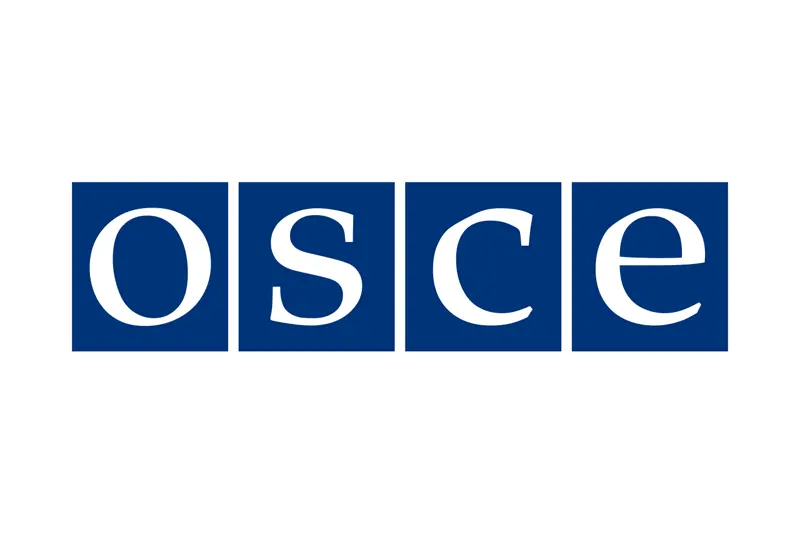Flags of International Organizations
While national flags represent countries, international organizations use their own flags to symbolize unity, cooperation, and shared goals beyond borders. These flags are not tied to a single nation, but instead represent collective identities, missions, and values of their member states or global communities.
Prominent examples include the United Nations (UN) flag, which features a world map surrounded by olive branches, symbolizing peace and global cooperation. Similarly, the European Union (EU) flag with its circle of twelve gold stars on a blue background stands for unity and solidarity among European nations.
Military and political alliances also use flags to represent their common interests. The NATO flag, with a white compass rose on blue, reflects the alliance's focus on collective defense and direction. Likewise, the African Union (AU) flag highlights continental unity and aspirations for development across Africa.
Not all organizational flags are political. The Olympic flag, with five interlocking rings of different colors, represents the union of the five inhabited continents and the spirit of international sportsmanship and peace.
